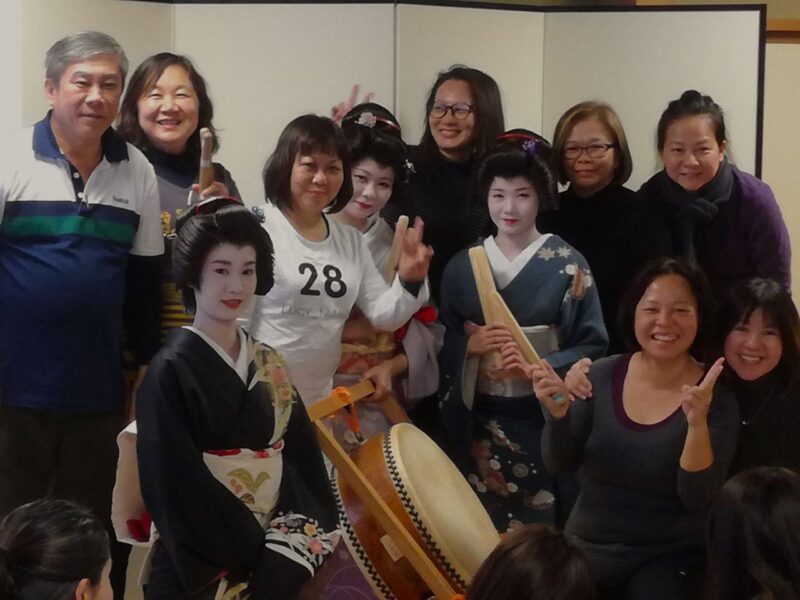
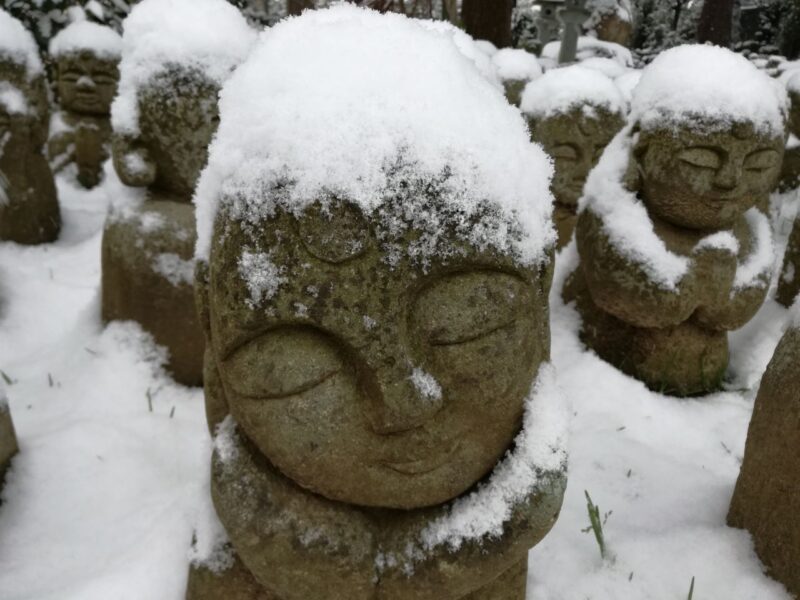
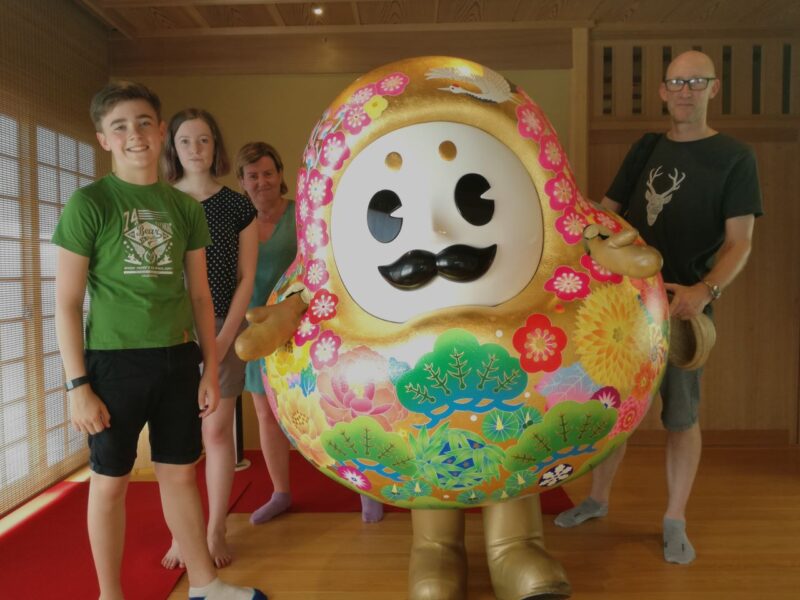

About our tour
Pick up or meet your accommodation or cruise-ship (hotel or pier) at 9am.Tour will finish at approximately 3pm in the city center or pier as properly. Guide-fee is ¥36,000/group mean while 6hours include transfer as traffic fare start at pier as well and some admission (geisha-house, samurai-house, garden, castle). Not include (besides your payment) food (lunch, beverage, soft cream, etc.) If you choice work-shop fee is besides your payment as well. By the way if you choice work-shop visiting major spots(below) are tow will possible. The payment occur guide-fee(6hours) plus work-shop fee. Also if the tour will extend by your convenience, you have to pay ¥3,000/30min. We accept major credit cards and apple-pay, google-pay as well.
【Without work-shop】You can visit major spot below.(6hours)
・Kenrokuen garden
・Kanazawa castle park
・Oyama jinja shrine
・Nagamachi samurai district
・Higasi chaya geisha district
<Your payment>¥36,000/group
【With work-shop】
Your payment will be guide fee(/group) +work-shop fee(/person). Please refer work-shop page below. Ex. 2major spot +1work-shop≒6hours
<Your payment>¥36,000(/group)+work shop fee(/person)

Kenrokuen Garden
Kenrokuen is familiar with most beautiful samurai's traditional-style landscape -garden top3 in Japan. The garden established by Maeda feudal-lord which was private garden in 1676.The name Kenrokuen means “having six factors", representing the attributes which bring out the garden’s stunning beauty: spaciousness, tranquility, artifice, antiquity, water sources and magnificent views. There are many other gorgeous features to enjoy in the garden, including the flowers and trees that grow there, such as plum and cherry blossoms in spring, azaleas and irises early in summer, and colorful Japanese maple in autumn as well.
In Winter, visitors can enjoy the snow-covered landscapes with "yukitsuri "(looks like umbrella). Yukitsuri is a traditional technique for protecting the branches of the pine trees in the garden from heavy snow.
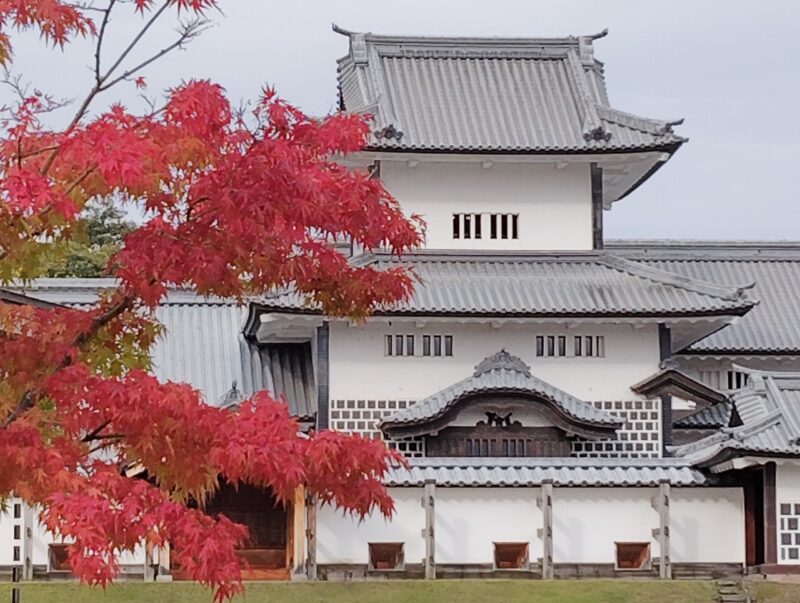
Kanazawa Castle Park
Feel the wealth power as defense.
Faithfully rebuilt structures, large green spaces, and original stone walls The castle was a residence Maeda feudal-lord and their family as well. During the time of the Maeda family, Kanazawa Castle was surrounded by moats and had a fort function with loopholes for matchlocks on the outer wall in order to keep it secure from enemies. Just three building survived by several fire and occupation by Japanese-army mean while wwⅡ. However you can see some building which is reconstruction recently. Once the home of the Maeda family, who governed the Kaga Domain – present day Ishikawa and Toyama – for over 280 years, Kanazawa Castle is an essential part of the city’s history.
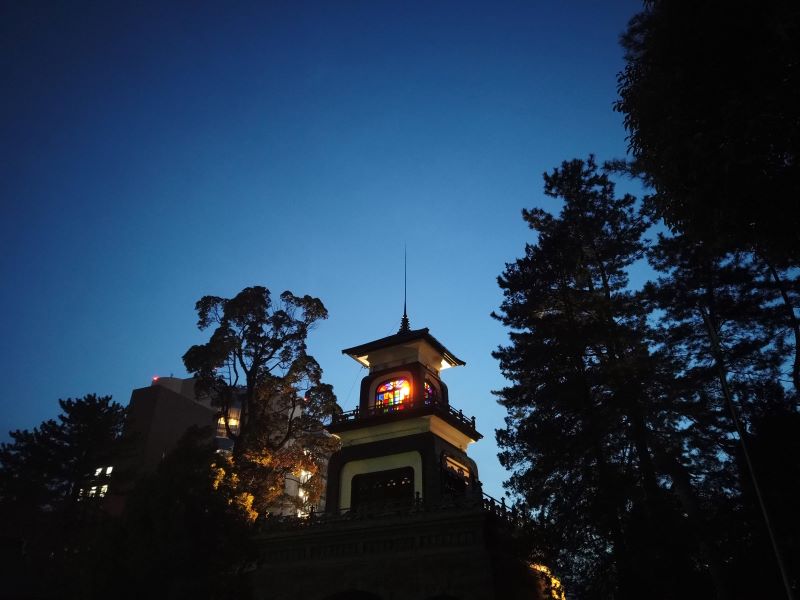

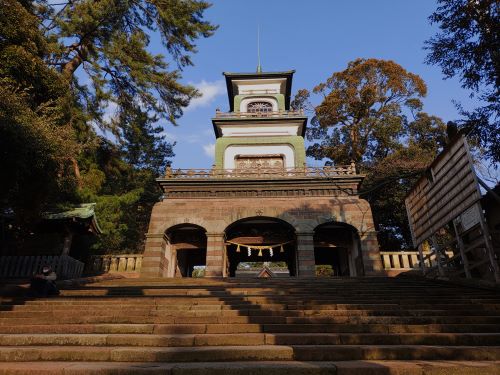
Oyama jinja Shrine
Western-influenced main gate is a Kanazawa symbol.
The Shrine dedicate to Maeda Toshiie and his wife Omatu. Also known for its unusual gate was European designed. This gate also designated as Japan's important cultural assets was completed in 1875.It is illuminated from after sunset until 22:00 at night, and the way it floats in the light creates a fantastic atmosphere. Oyama Shrine has garden in round-the-pond style with an artificial island and bridge in the images of old musical instruments, such as the biwa (Japanese short-necked fretted lute).

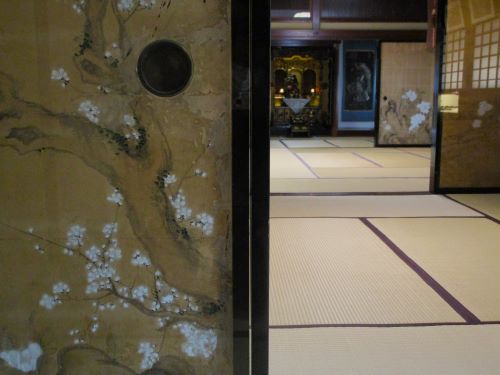
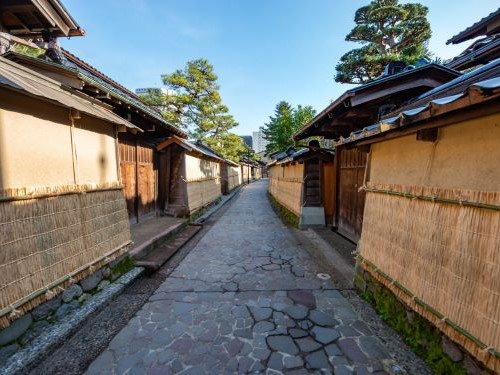
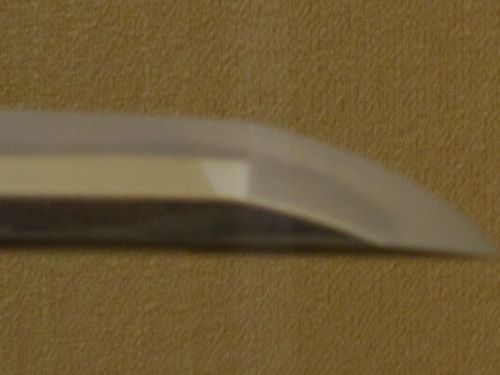
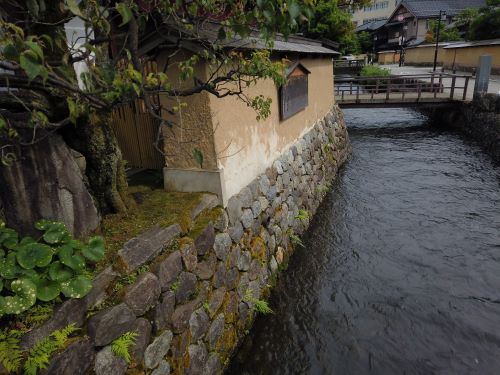
Nagamach Samurai district(samurai houses)
Samurai culture lives on in this historic neighborhood.
Nagamachi was a district such as advanced samurais lived. You can recognize large houses and rich culture. Nagamachi Samurai District’s historical value lies in its unusual state of preservation. It has escaped large-scale fires, including the firebombing that damaged other large cities such as Tokyo and Osaka during World War II. Accordingly, it retains many features from the Edo period: narrow streets, a drainage and water supply system that remains in use, and restored samurai houses Many of these residences maintain their original earthen walls (tsuchi-kabe), which are still covered in the winter with straw mats to protect them from frost and substhe equant cracking.
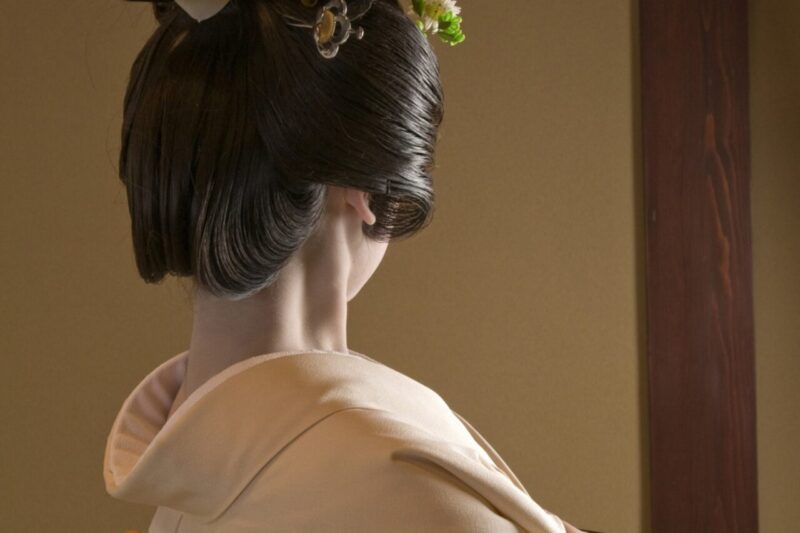
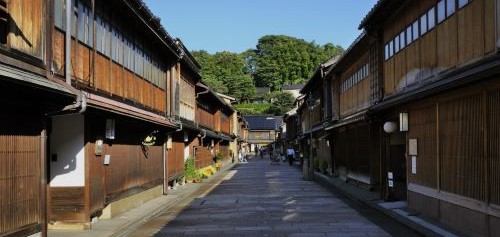
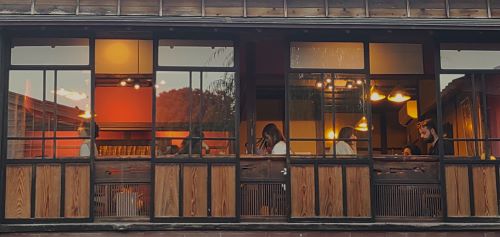
Higashi Chaya district(geisha houses)
Kanazawa’s largest and most lively geisha distri
Geisha was entertauner who performe song and dance during the Edo Period (1603 - 1868).Fortunately Kanazawa has geisha culture survive Chaya(geisha houses) as well.Learning and patient are their life.【A day of Geisha】Geishas start early morning. They were like go to master teachers for taking lesson of dance.After lunch lesson bigin again for some instruments as a japanease guitar and drum until 3pm.However they take bit rest after that make preparation fo stage as beauty salon or makeup and change of clothes.They will stand by at Chaya to 6pm and business finish at late night.They might be go to bed 0am.
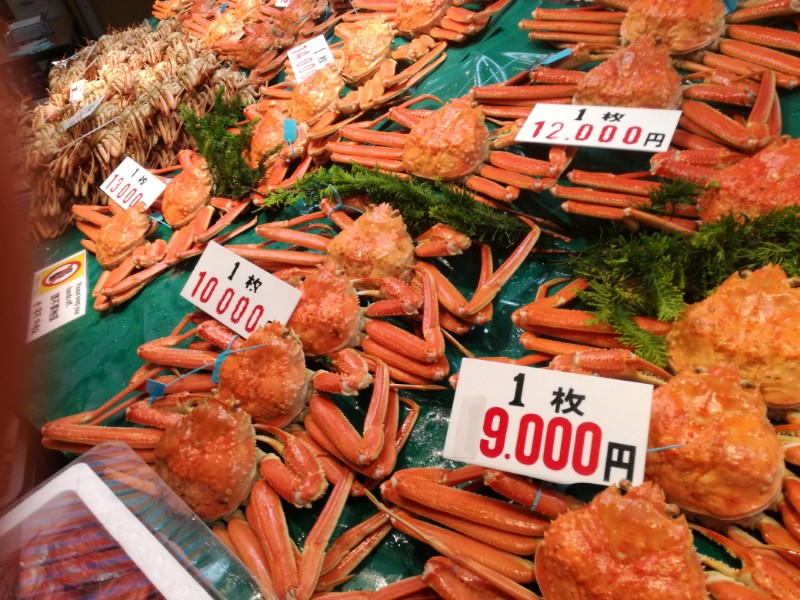
Ohmicho market
Discover Kanazawa's most famous fish market
The market has been Kanazawa's largest fresh food market mean while 400history. It will be prosper the most sonw-crab season in winter. Kanazawa seafood is also served as sushi in fine restaurants of the city. The colder months are the best times to enjoy yellowtail ,sweet shrimp, oyster, urchin, scallop and crab as well you can bite,
